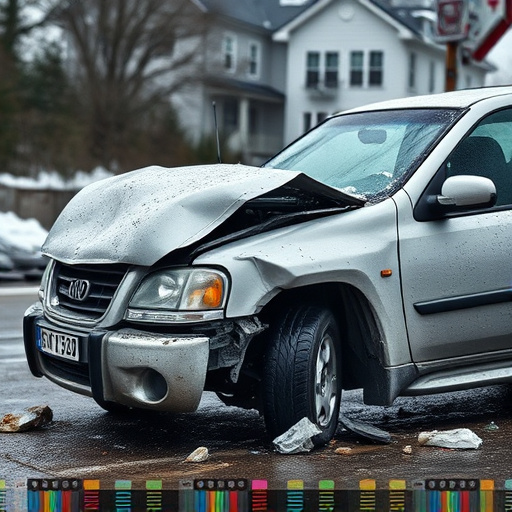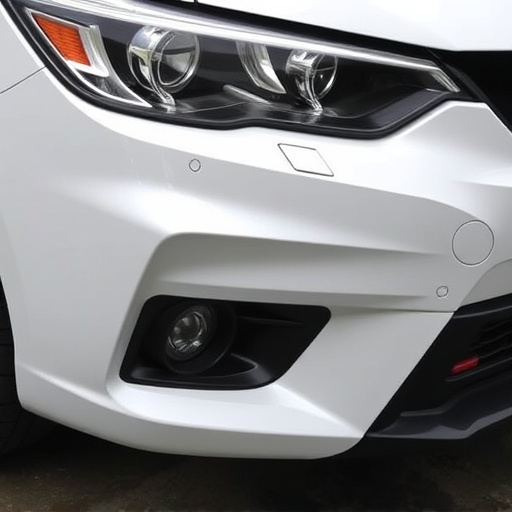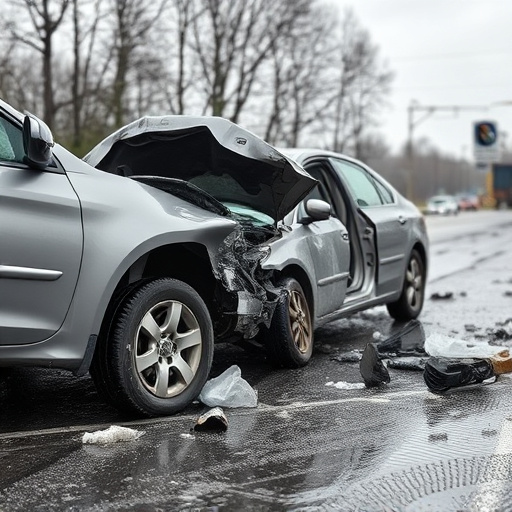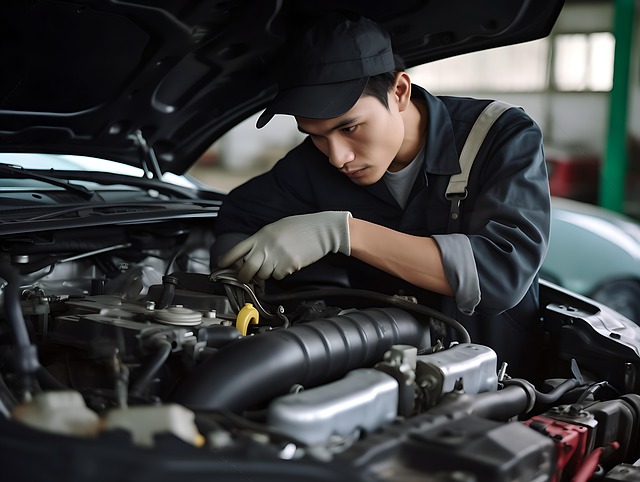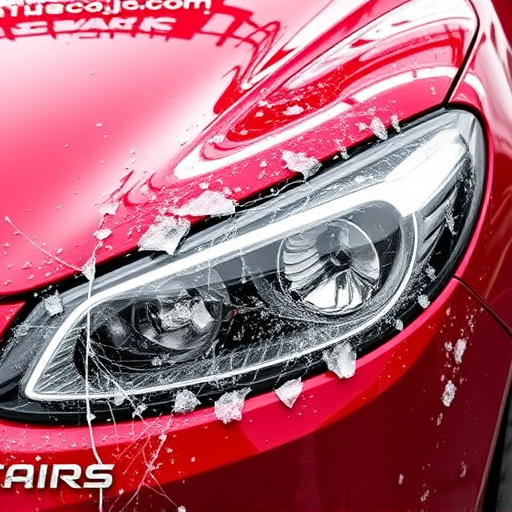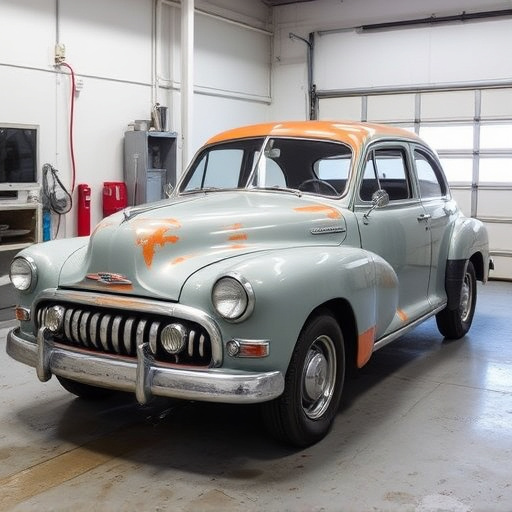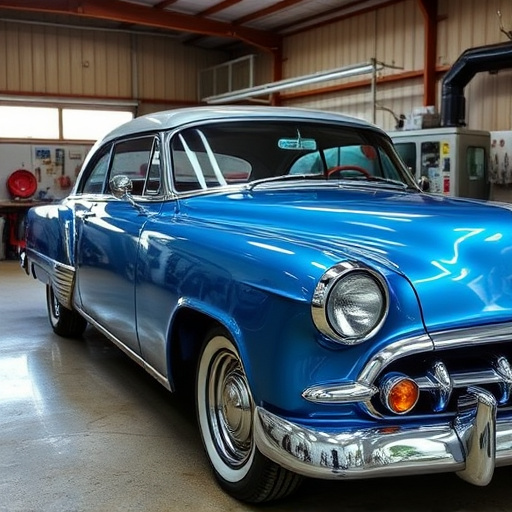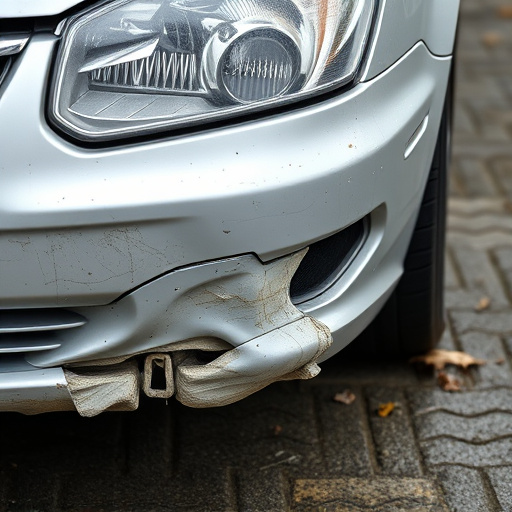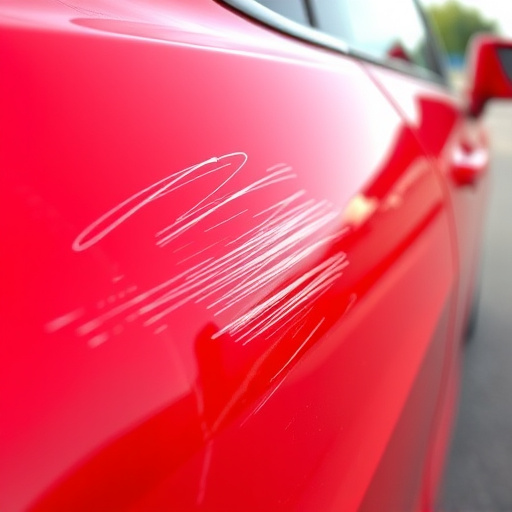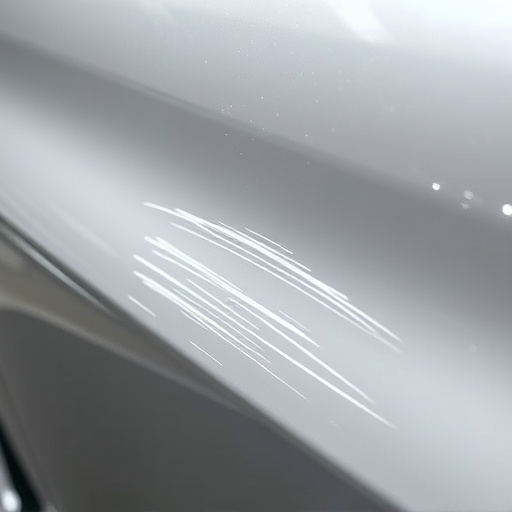Adhering to Tesla Blueprints is vital for auto body shops performing high-quality Tesla structural repairs, ensuring original integrity, aesthetic appeal, and reliability while meeting Tesla's rigorous standards. The process involves thorough inspections, approved tools & parts, detailed documentation, precise measurements, alignment per blueprints, state-of-the-art equipment, and well-trained technicians familiar with Tesla framing systems and electronics – all crucial for preserving vehicle performance and safety in Tesla structural repairs.
In the realm of Tesla vehicle ownership, ensuring structural repair compliance with Tesla blueprints is paramount. This comprehensive guide delves into the intricacies of navigating this process, from understanding the foundational role of Tesla blueprints to adopting best practices for quality and safety. By adhering to these guidelines, Tesla owners can ensure their repairs meet the electric car manufacturer’s stringent standards, guaranteeing both vehicle integrity and longevity. Explore these essential steps for a seamless Tesla structural repair experience.
- Understanding Tesla Blueprints: The Foundation of Structural Repair Compliance
- Navigating the Process: Steps for Successful Structural Repair and Documentation
- Ensuring Quality and Safety: Best Practices for Adhering to Tesla's Standards
Understanding Tesla Blueprints: The Foundation of Structural Repair Compliance

Understanding Tesla Blueprints is paramount for achieving compliance with Tesla’s rigorous structural repair standards. These detailed blueprints serve as the blueprint for every Tesla vehicle, encompassing not just aesthetic components like fender repair or bumper repair, but also crucial structural elements that ensure safety and performance. For an auto body shop attempting to perform Tesla structural repairs, adherence to these blueprints is essential, as they provide precise measurements, material specifications, and repair procedures tailored to each specific model.
By following Tesla’s blueprints closely—whether for a simple fender repair or more complex bumper replacement—shops can maintain the vehicle’s original integrity and aesthetic appeal. This meticulous attention to detail not only guarantees compliance with Tesla’s high standards but also ensures that owners receive repairs that are as reliable and safe as when their vehicles left the factory line, enhancing the overall experience of working with a trusted auto body shop.
Navigating the Process: Steps for Successful Structural Repair and Documentation
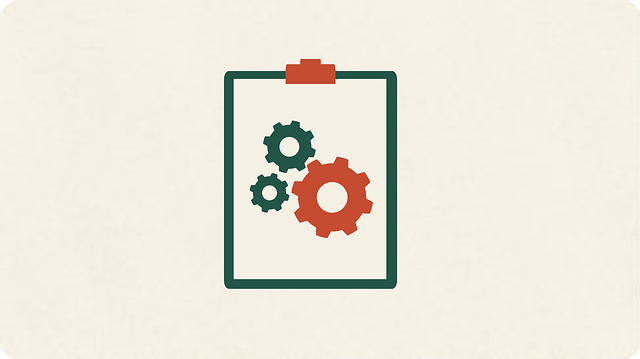
Navigating the process of Tesla structural repair requires a systematic approach to ensure compliance with Tesla blueprints and standards. It begins with meticulous inspection to identify damage and assess its severity. This step is crucial as it dictates the scope of repair, from simple body panel adjustments to complex frame straightening. Once damage is accurately determined, the next phase involves gathering the necessary tools, parts, and equipment, aligning with Tesla’s approved specifications for vehicle dent repair and auto painting.
Documentation plays a pivotal role in successful structural repair. It entails recording each step of the repair process, including before-and-after photos, detailed work logs, and part replacements. Accurate documentation not only facilitates compliance but also serves as a reference for future maintenance and warranty claims. Additionally, it ensures that any repairs conducted are in line with Tesla’s strict quality control measures, ultimately preserving the vehicle’s original aesthetic and structural integrity through meticulous automotive repair and auto painting techniques.
Ensuring Quality and Safety: Best Practices for Adhering to Tesla's Standards

Ensuring quality and safety during Tesla structural repairs is paramount to maintaining the vehicle’s integrity and performance. Adhering to Tesla’s stringent standards requires a meticulous approach, starting with precise measurement and alignment. Every repair should be carried out using Tesla’s official blueprints as a guide, ensuring structural accuracy and compatibility with the brand’s advanced technology.
Best practices involve utilizing state-of-the-art equipment and techniques, commonly employed in top-tier auto collision centers or vehicle body shops. This includes trained technicians who understand the intricate details of Tesla vehicles, such as their unique framing systems and sophisticated electronics. Just like customizing a Mercedes-Benz repair to its exacting standards, Tesla structural repairs demand attention to detail and adherence to manufacturer guidelines for optimal results.
In conclusion, navigating Tesla structural repair compliance begins with a deep understanding of their blueprints, followed by meticulous steps and best practices to ensure quality and safety. By adhering to these guidelines, professionals can deliver repairs that meet Tesla’s high standards, ensuring customer satisfaction and peace of mind. Effective adherence to Tesla blueprints is key in the world of Tesla structural repair.
